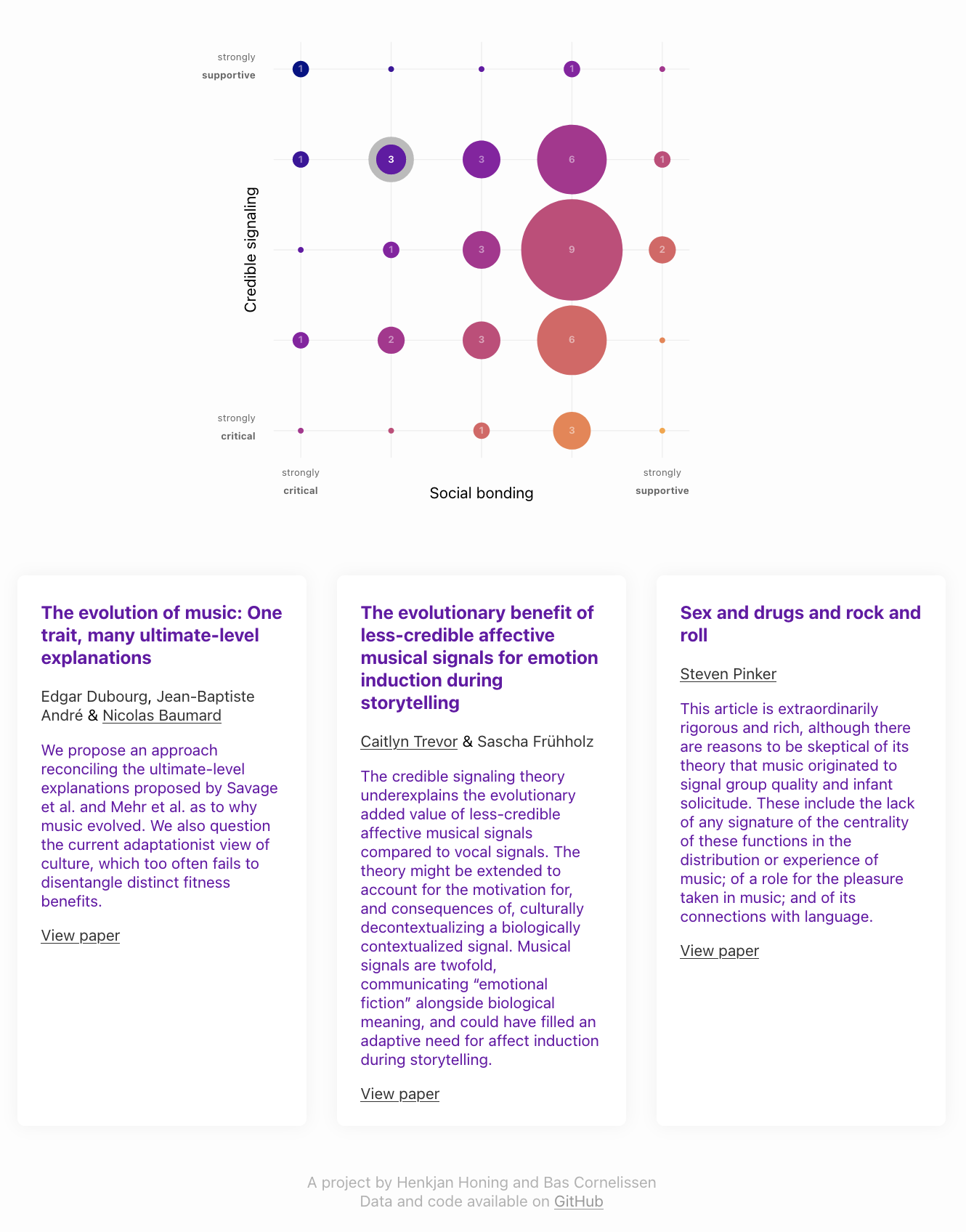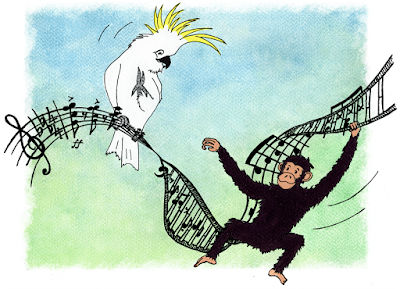 |
| Lecture at Barenboim-Said Akademie in 2016. |
I invited the attendees—many of whom were professional musicians and distinguished educators at the Barenboim-Said Academy—to envision themselves as expert judges on a conservatory selection committee. They were asked to assess the musicianship of an ensemble based solely on a brief excerpt of a live recording I played for them. Emulating the traditional audition process, where candidates perform behind a curtain to ensure impartiality, I asked the audience to make their judgments based solely on what they heard.
The audience's reaction was split; some were enthusiastic, while others were unimpressed. When asked for their thoughts, the positive responders praised the performance as experimental yet well-executed, whereas the negative ones criticized the timing as sloppy and the music as lacking melody. However, their opinions shifted dramatically after viewing a original video of the musicians: a group of Thai elephants, led by a human conductor, that were playing an array of percussion instruments and a mouth harmonica (see video registration).
This example is not just amusing; it also highlights some pitfalls in the study of the biology of music. Although I influenced the audience by framing the test as an audition, their varied reactions reveal more about human perception than about the elephants’ musical abilities. This raises a fundamental question: what must an organism—whether human, elephant, or bird—perceive to experience something as music? For instance, while the songs of an Amazonian songbird may sound musical to us, this perception reflects our own biases. To truly understand a bird's sense of musicality, we must ask whether the bird hears its own song as music. This inquiry shifts the attention from studying the structure of music to studying the structure of musicality.
Over the last two decades it has become evident that humans share a natural predisposition for music, akin to our inherent capacity for language (Hagoort, 2019). This predisposition, which I like to term musicality, encompasses a set of traits that develops spontaneously, is shaped by our cognitive abilities, as well being constrained by its underlying biology. Unlike music itself, which varies across cultures and societies, musicality refers to the cognitive and biological capacities that enable us to perceive and appreciate music, even among those who may not play an instrument or sing out of tune (Honing et al., 2015).
The shift in the study of the origins of music, from studying the structural aspects of music to trying to understand the structure of our capacity for music, marks an important change in perspective in music research, as reflected in the titles of two foundational meetings and their resulting publications: The Origins of Music (Wallin et al., 2000) and, consequently, The Origins of Musicality (Honing, 2018b). While the cross-cultural study of the structure of music (melodic patterns, scales, tonality, etc.) has offered exciting insights (Mehr et al., 2019; Savage et al., 2015), the approach used in these studies is indirect: the object of study here is music—the result of musicality—rather than musicality itself. Hence it is virtually impossible to distinguish between the individual contributions of culture and biology. For example, it is not clear whether the division of an octave into small and unequal intervals in a particular musical culture results from a widespread theoretical doctrine or from a music perception ability or a biological constrained predisposition.
All this is an important motivation to study the structure of musicality– i.e. the capacity for music–, its constituent components (see Table 1), and how these might be shared with other animals, aiming to disentangle the biological, cultural and environmental contributions to the human capacity for music. All these are topics that are elegantly addressed in the current volume.
[This text is a fragment of a preliminary version of an introductory chapter of The Biology of Music (Ravignani, in press)]
Ravignani, A. (ed.) (in press) The Biology of Music: Interdisciplinary Insights. Oxford: Oxford University Press.



















.jpg)